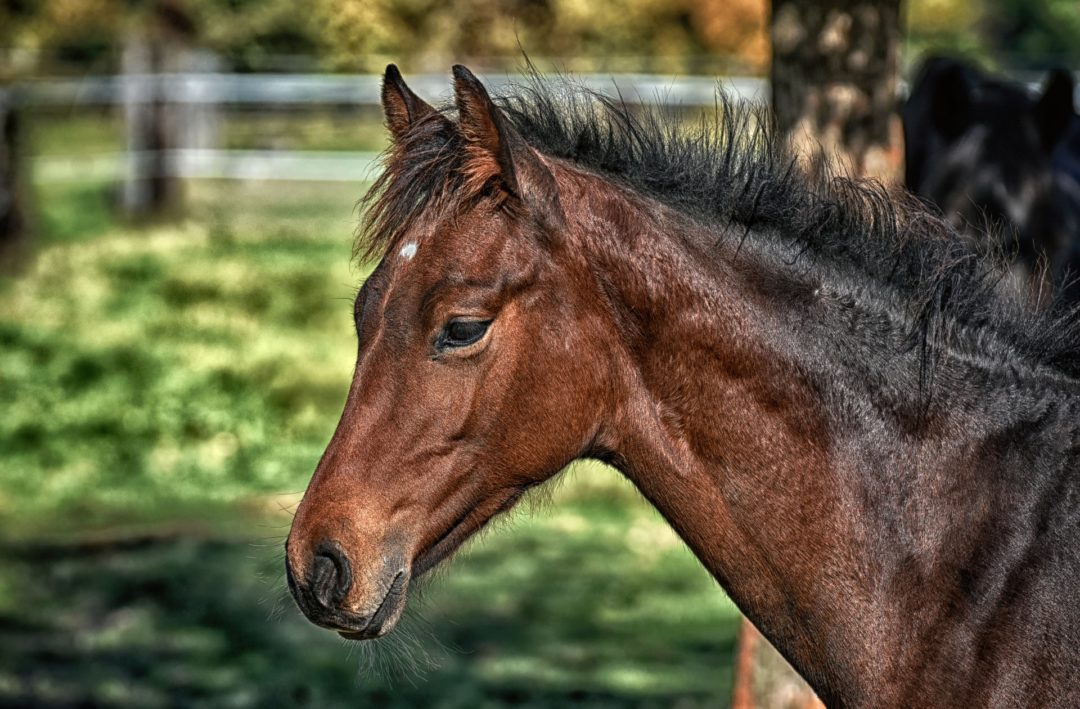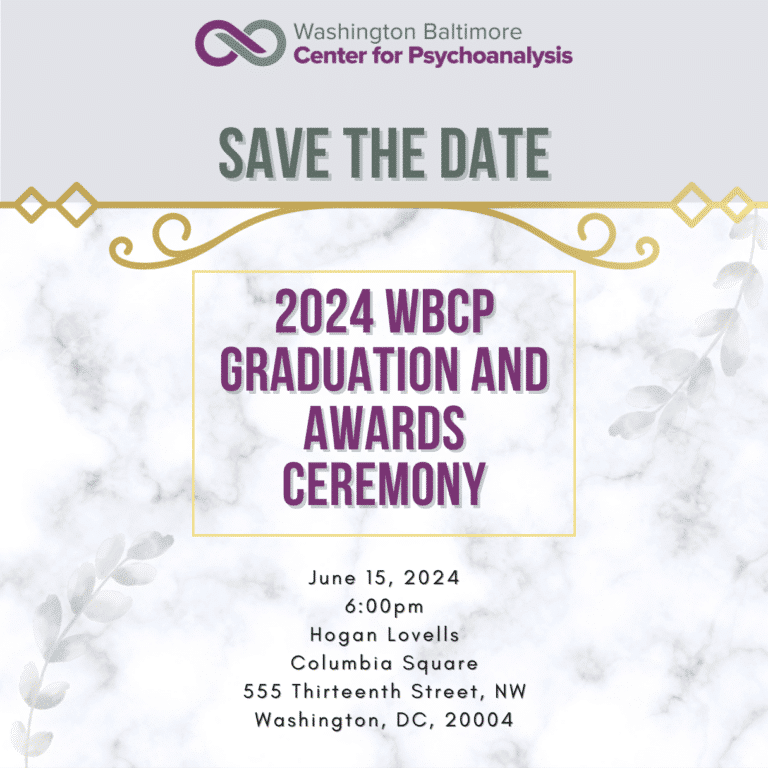By Paula J Hamm, LPC, PC
Psychoanalyst
Virginia
“There is nothing more precious than laughter.” Frida Kahlo
Picasso entered the arena with his head held high. This was not the artist entering an exhibit, but rather a brown pony swishing his long golden tail with each step, heading toward the mounting block. The Picasso I am speaking of is part of a creative team. This team provides services to both able bodied children and those who are disabled.
If Picasso could talk like the famous TV horse from the 1960’s known as “Mr. Ed,” he would say as he pranced into the arena, “I’m here to give you a lift.”
Waiting for Picasso at the other end of the arena is seven-year-old Frida. Her pink riding helmet, buckled securely under her chin, matches her thick pink eyeglasses. Assisted by her parents on either side of her frail body, her smile and willing demeanor defy her physical and cognitive limitations. Three volunteers stood quietly as this threesome approached Picasso, who waited patiently. Step by step, or in this case, with many steps, horses and humans have used equine therapy to contribute to children with developmental challenges.
“Up we go,” said one volunteer, taking a place at Frida’s side and stabilizing her legs in the stirrup.
“Whew,” Frida whispered.
Her laced black riding boot was now secure in one stirrup. As a volunteer, the safety of the child must be the top priority.
“Put your hand on Picasso’s mane,” I said.
I held Frida’s foot steady while another volunteer helped swing her other leg up and over the saddle.
Three volunteers — myself on one side, another volunteer on the other, and a third holding a lead — and a trained equine teacher now surround Frida and Picasso. The goal today is to work on core strength and balance. Sara, the equine teacher, draws from her knowledge of one or several commands that make up therapeutic riding for children with disabilities:
“Sit up tall, look up, hug your calves to Picasso’s side, shoulders back, pitch your shoulder blades, heels down. Hold onto those reins.”
Each of these physical movements is extremely difficult for Frida to respond to. Her core strength is getting a workout just by trying to sit up straight.
“Sit tall and hold those reins tight.” That was the lesson for the one-half hour.
Frida’s petite, weakened hand dropped the reins, losing her grip as she turned from right to left. Taking my hand, I put it over hers and squeezed until she, too, squeezed just a bit more to hold on herself. The lesson continued, alongside the deepening relationships that are growing among Frida, the volunteers, the teachers and, of course, Picasso.
In time and with repetition, we hope to help Frida internalize this attunement to her physical needs.
Meet Founder and Director Muriel Forrest of Wheatland Farms in Purceville, Va. Out of her own heartfelt life experiences she created one of the four training facilities in the United States that is both a USEP/USPEA Paradressage Center of Excellence, and an Olympic Training Center for able bodied riders. The Center is dependent on volunteers and the greater community.
When my youngest went to college I felt lost. Reaching back into my own childhood wishes I started taking horseback riding lessons as an outlet to relax and play. Venturing beyond those first lessons, my love of the outdoors and my athleticism took me to pursuing long adventuresome trail rides at Manassas Battlefield. When I wanted to add the art of dressage to my repertoire of skills, I discovered a riding facility for both my daughter and me upon her entry into the workforce following college. Finding Wheatland Farms, has led me to volunteering there, helping parents and adults affected by physical and emotional disabilities.
Horses are a form of play. Brushing their coats, touching their manes, climbing into the saddle with reins in hand and saying, “walk on” is empowering to a child.
For some children, speech difficulties make it impossible to form the words “walk on.” Instead, learning to use their heels with a gentle tap on the horse’s side allows them to command the horse to “walk on.” A connection is forged between horse and rider, bringing smiles to a child whose life is often stressful.
Winnicott said, “the good enough facilitating environment” is needed to improve the emotional level of health in children. Otherwise, he continued, “by robbing children of playing we are robbing them of creative experiences.”
Research demonstrates that play promotes cognitive, social, emotional development. Learning new skills through play promotes problem solving and self-regulation.
Why horses? That question has been with me ever since I started to ride 15 years ago. Horses and humans have been friends for thousands of years. As a volunteer in this environment, I witness how the equine therapy helps parents of children with moderate to severe disabilities face the frighting and sobering responsibilities of providing for their emotional and physical needs.
According to the Center for Disease Control and prevention 61 million Americans have a disability that impact major life activities; 1 out of 4 US adults. Unemployment rate for those with disabilities is twice the national average; 10.1% compared to 5.1 for persons without disabilities.
So again, why horses helping humans, not just humans helping humans? Because horses are family oriented and can read human emotions and show emotions, research suggests that the connection with horses can in fact impact the rider’s heart rate in a positive direction. Horse and rider seem to feel one another’s breathing.
Recent studies conducted by the Institute of Heart-Math provide a clue to explain the two-way healing that occurs between horses and riders. A horse’s heart has an electromagnetic field larger than the brain, according to researchers. A magnetometer can measure the energy field of the heart that radiates from 2.4 meters to 3 meters around the human body. What is even more impressive is that the electromagnetic field projected by the heart of a horse is five times larger than that of a human being. Research suggests that this can directly influence the rider’s heart rate, which can have a calming effect.
Horses’ heart rates are identified through science as “coherent” heart rates, which explains why one can feel better by just being around horses. Heart rate patterns measure overall well-being and emotional states of calm. The overall benefits can be seen simply when a child on a horse laughs or smiles.
Now that Frida is gripping the reins, she starts to laugh as she turns the corner.
“What’s so funny?”
Her head now bobbing with each of the horse’s footstep, “Picasso funny.”
“Reach down and give Picasso a big hug around his neck.”
Now at the end of the lesson, Frida was so tired from sitting up she was almost hunched around the horse’s sleek neck. Giving him a hug seemed like a natural ending to her hard work.”
“Ahh, so soft. All done.”
All done with this lesson, but the field of Equine Therapy as a vital tool in facilitating health is rapidly expanding.
Wheatland Farm community creates “a good enough environment” for families of children with moderate to severe disabilities as well as abled bodied riders. Built on Faith, Family and Friends, Wheatland Farm provides hope.
____________________________________________________
References:
1. https://www.wheatlandfarm.org
2. Journal of Infant, Child and Adolescent Psychotherapy, Volume 19:2020 Issue 2. Special Issue Play for Change based on Winnicott
3. Harugo Hama, Masaso Yogo Yoshenori: Japanese Psychological Research, Japanese Psychological Association: Effects of Stroking horses on both human and horses heart rate responses. Volume 38: Issue 2. May 1996, Pages 66-73.
4. Tuba Tulay Koca, and Hilm Ataseven, That is Hippotherapy? Indications and Effectiveness of hippotherapy. Northern Clinic of Istanbul: 2015; 2(3): 247-252


